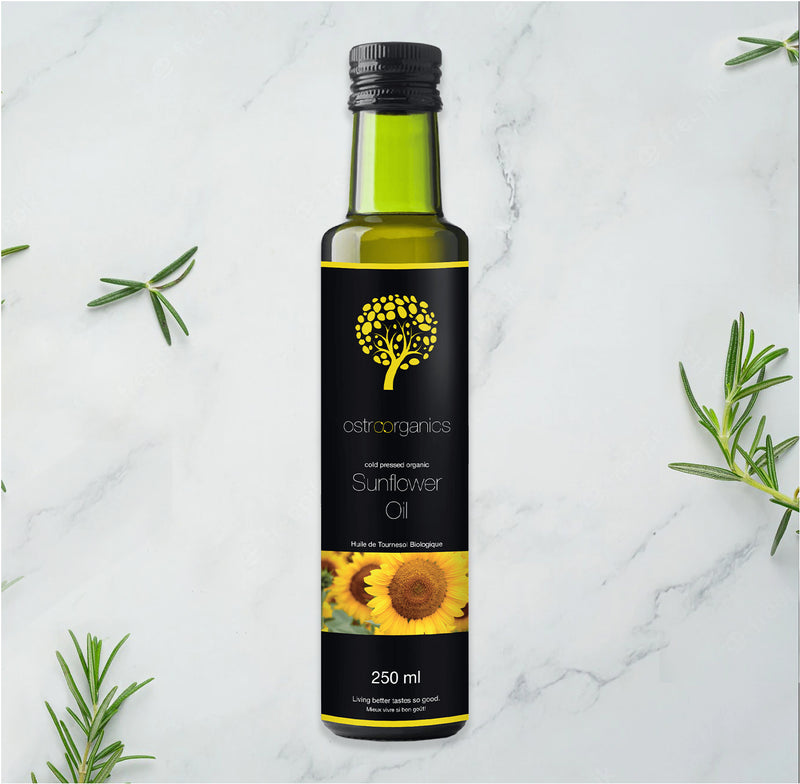How Organic Sunflower Oil is Made: From Seed to Bottle
Organic sunflower oil is produced from sunflower seeds that have been grown without the use of synthetic fertilizers, pesticides, or genetically modified organisms (GMOs). The organic farming practices ensure that the oil is free from harmful chemicals and retains its natural nutritional profile.
Seed Selection and Harvesting
The first step in the production of pure sunflower oil is the selection of high-quality sunflower seeds. Organic farmers choose seeds that are non-GMO and have a high oil content. These seeds are sown in well-prepared soil during the appropriate planting season. The soil is enriched with organic matter to provide a fertile environment for seed germination and growth.

Seed Cleaning and Drying
After harvesting, the sunflower heads are brought to the processing facility where the seeds are separated from the rest of the plant material. This is done using specialized machinery that removes the seeds from the sunflower heads.
Oil Extraction
There are two main methods of extracting oil from sunflower seeds: cold-pressing and solvent extraction. Organic sunflower oil is commonly produced using the cold-pressing method, which involves crushing the seeds to extract the oil without the use of heat or chemicals.
Bottling and Packaging
Once the organic sunflower oil is extracted and filtered, it is ready for bottling. The oil is transferred to clean and sterilized containers to ensure its freshness and quality.
Quality Control and Storage
Before the organic sunflower oil is released into the market, it undergoes rigorous quality control checks to ensure its purity and compliance with organic standards.